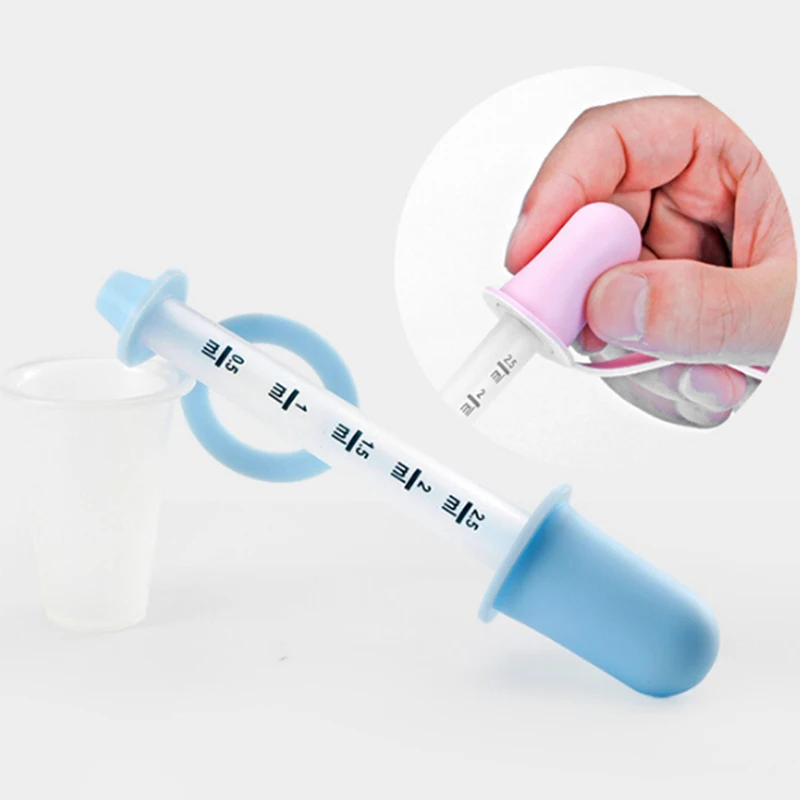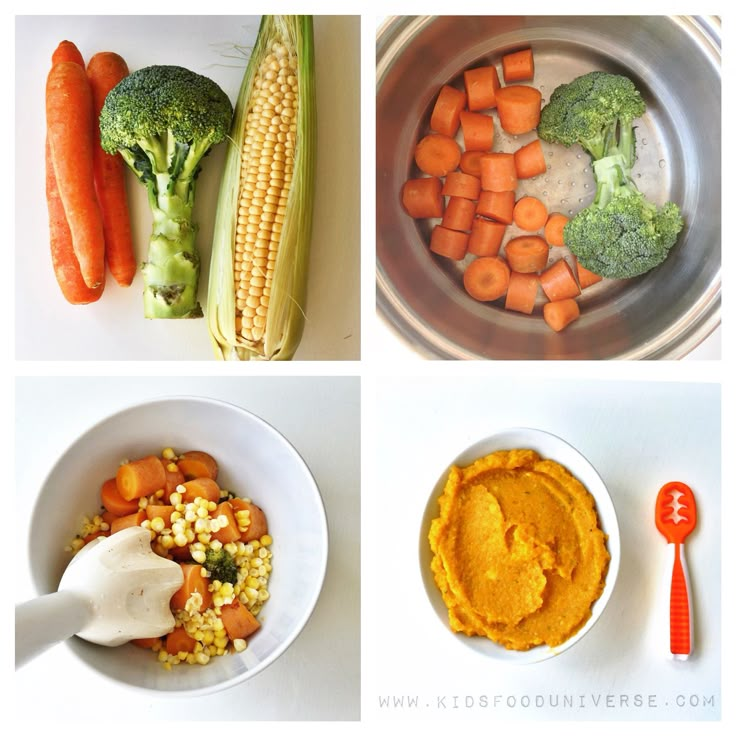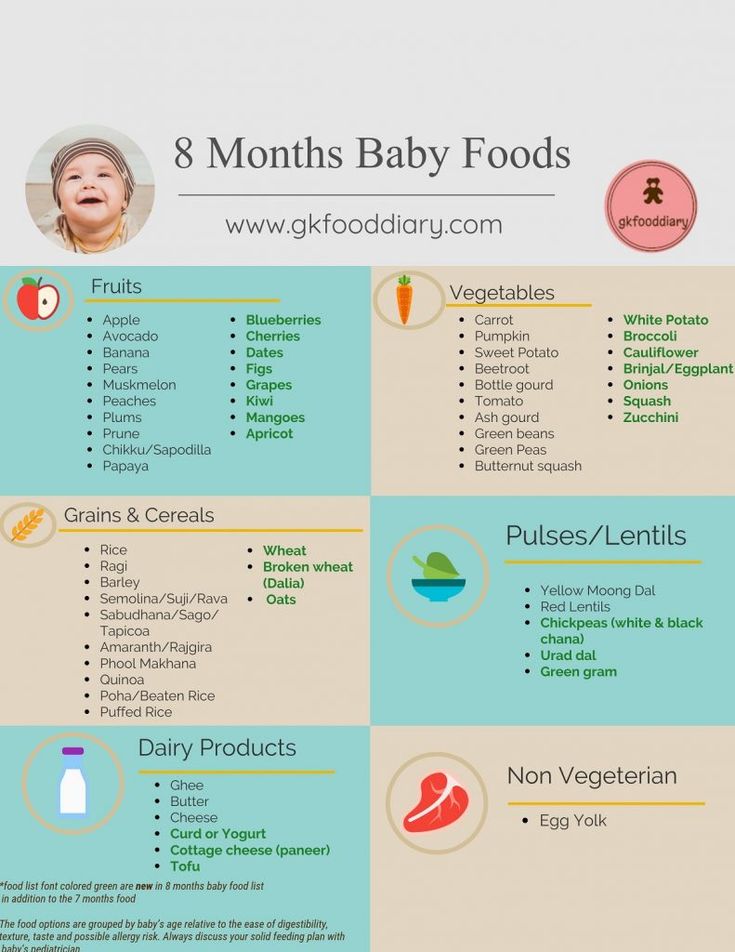7 month baby food chart india
7 Months Baby Food Chart with Indian Recipes
| | by Dr Hemapriya
As your baby crosses 7 months, it’s time to introduce new foods! Check out our 7 Months Baby Food Chart to know what to introduce when.
Must Haves for Feeding Solids
Basic Rules for Feeding your 7 Month Old Baby:
7 Months Baby Food Chart with Indian Recipes
Week 1
Week 2
Week 3
Week 4
Have you downloaded our Free E-Book on 50 First Food Recipes for babies? Click here to download.
Buy Healthy Nutritious Baby, Toddler food made by our own Doctor Mom !
In the 6th month, solid feeding was restricted to only twice per day. By the time your baby completes the 7th month, she has already sampled most of the foods and is ready to go up to three solid meals a day. You may notice that baby gets bored easily nowadays and is more interested in playing with her food. That’s your indication that it’s time to introduce lots of variety in her diet.
Make meal time a pleasant experience for your little one by flavoring food smartly. Please remember that your baby is not ready for salt or sugar till the first birthday. Here is a list of some handy equipment that’ll make cooking for your baby a breeze.
Must Haves for Feeding Solids
1. Pressure Cooker
A small Stainless Steel Pressure Cooker of about 1-1.5 liters is recommended, rather than aluminium. You can make khichdi, steam vegetables and fruits, and even sterilize baby spoons and smaller items in the pressure cooker.
2.Food Processor
A baby food processor contains everything you need to make your baby’s food – sieve, masher, cups, spoons, juicer, grater etc. Be sure to sterilize all utensils properly before using.
3. Sterilizer
Sterilizing the utensils used for making and feeding baby food is of paramount importance. You can either use a Sterilizeror boil the utensils in hot water before using them.
You can either use a Sterilizeror boil the utensils in hot water before using them.
4. Blender or Mixer Grinder
A blender or mixer grinder is a must have product in your kitchen for making baby food. Please use a separate mixie jar for making baby food as most Indian kitchens use the jars for grinding all kinds of spices.
5. Potato Masher
A Potato Masher is an excellent food to mash baby food, without the need for electricity or large equipment. If you’re using your regular masher, please be sure to sterilize it before using it for baby, or you can have a separate one for your baby alone.
6. Baby High Chair
Many parents think a baby high chair is an unnecessary expense, but it isn’t so. A high chair ensures that your baby is sitting to eat with the right posture, with her back supported. It also makes it easier for you to feed baby and contains the mess.
Most baby high chairs can be used well into toddlerhood. Check out our detailed guide on High Chair vs Booster Seat where we list the features of baby feeding chairs popular with Indian parents.
Check out our detailed guide on High Chair vs Booster Seat where we list the features of baby feeding chairs popular with Indian parents.
7. Feeding Bowls and Spoons
There are different kinds of baby feeding bowls and sets available, but it’s best to avoid cheap plastic ones. Go for stainless steel or traditional silver, or other eco-friendly versions. Make sure that the baby feeding spoons are soft tipped so they don’t hurt baby’s delicate gums.
1. From the 7th month onward you can start feeding thrice a day as proper breakfast, lunch and early dinner. Breast milk is still baby’s prime source of nourishment, so continue to breastfeed on demand. The feeding times can be around 9 am, 1 pm and 5 pm.
2. The quantity of each feed in this month will be roughly the size of your baby’s fist – approximately 90 to 100 ml.
3. The consistency can be thicker than that of the previous month, so that the food stays in the spoon without falling off.
4. Always feed a baby seated and not in sleeping position.
5. Sterilize all the utensils that are being used for cooking and feeding.
6. Please follow the 3 Day Rule before introducing any new food.
I have structured the charts in such way that the baby is gradually introduced to heavier diets, so I would advise you to follow the same order.
Week 1
Week 2
Week 3
Week 4
No time to prepare baby food at home? Don’t worry, we prepare it hygienically and ship it to your doorstep. All food products are made FRESH only after the order is placed
Buy Now
You can plan your baby meals using a Printable Meal Planner. Check out baby food charts for other months here:
- 6 Months Baby Food Chart
- 8 Months Baby Food Chart
- 9 Months Baby Food Chart
- 10 Months Baby Food Chart
- 11 Months Baby Food Chart
- 1 Year Baby Food Chart
Have you downloaded our Free E-Book on 50 First Food Recipes for babies? Click here to download.

Disclaimer: The information presented here is meant as a guide and does not replace professional medical advice. You should always discuss your baby’s dietary requirements with your doctor.
Stay updated with all our latest recipes and posts on parenting by following us on Facebook, Instagram, Twitter, Pinterest and Google +.
Post updated on – 11 June 2019
Post first published on – 17
Buy Healthy Nutritious Baby, Toddler food made by our own Doctor Mom !
Shop now!Filed Under: Baby Food Chart, Starting Solids Tagged With: 7 month baby food, 7 month baby recipes, 7 months old baby, 7 Months Old Baby Food Chart, baby cereal, baby food 7 months, baby food chart, Baby food chart with Indian recipes, baby food charts, baby food for 7 month old, Best Baby Food, diet chart for 7 months baby?, diet chart for babies, diet plan for babies, diet plan for kids, First Foods for Baby, food chart for fussy eater, food for 7 month old baby, food for 7 months old baby, indian diet chart for 7 month baby, weaning diet chart
Indian Baby Food Chart for 7 Months Baby
Indian 7 Month Baby Food Chart, Indian Baby Food recipes, By seven months, babies may learn to chew soft lumpy food even if they have no teeth. So be sure to include well-mashed food gradually rather than a puree and make a thicker consistency. Don't force the baby though, as each baby is unique and adopt eating habits at their own pace. Just keep trying at your best to encourage his eating habits. Always consider preferring homemade foods for your baby, which is safe.
So be sure to include well-mashed food gradually rather than a puree and make a thicker consistency. Don't force the baby though, as each baby is unique and adopt eating habits at their own pace. Just keep trying at your best to encourage his eating habits. Always consider preferring homemade foods for your baby, which is safe.
Also, remember that solids food can't replace the nutrients breastmilk or formula provides during the first year. So consider including solids in your baby's diet as a complementary feeding. Please read on six months baby food chart (to cross check the foods you have introduced at six months) before you plan a food chart for your seven months baby.
What foods can be included in 7 months baby's diet? What's new in 7 months baby food list :At seven months, you can introduce the below foods in addition to the 6-month food chart.
Fruits: Chikku, papaya
Vegetables: Beetroot, bottle gourd, tomato, ash gourd, green beans, peas, butternut squash
Cereals: Poha/Beaten Rice, Puffed Rice
Pulses: masoor dal
Dairy: cheese
Non-Vegetarian: Egg yolk
The complete list of options you can include in 7 months old baby's diet:Fruits: Apple, Avocado, Banana, Pears, muskmelon, Peaches, Plums, Prune, Chikku, papaya
Vegetables: Carrot, Pumpkin, Sweet Potato, beetroot, bottle gourd, tomato, ash gourd, green beans, peas, butternut squash
Cereals & Grains: Rice, Ragi, Barley, Semolina/Suji/Rava, sabudhana/Sago/Tapioca, Ragira/Amaranth, Phool Makhana, Quinoa, Poha/Beaten Rice, Puffed Rice
Pulses: Yellow Moong Dal, masoor dal
Dairy: Ghee, Butter, cheese
Non-Vegetarian: Egg yolk
Sample Indian Food chart or Diet plan for seven months old baby (high-level food chart):For seven months baby, you can offer one meal and a snack for a day. Rest should be breastfeeding or formula feeding. Choose the timings for meal and snack according to your baby's preference, but avoid giving any solids after 7 PM.
Rest should be breastfeeding or formula feeding. Choose the timings for meal and snack according to your baby's preference, but avoid giving any solids after 7 PM.
For the quantity of food, always be guided with your baby's hunger as appetite varies from baby to baby, and most babies change from day today. Here is an approximate amount:
- 1/4 cup of fruit or vegetables
- 1/4 cup of cereal. Gradually increased to 1/2 cup
Introduce one food at a time and follow three days rule which will help to find out allergic reactions to a particular food.
7 Months Indian Baby Food RecipesHere is the collection of 7 Months Baby Food Recipes, please customize the below sample charts with the mentioned recipes that can be included in 7 months baby’s diet based on availability, convenience, and your baby’s preference.
Here is the sample high-level food chart with recipes ( please click on the hyperlink to get the recipes) for seven months old baby, please customize this chart with the options that can be included in 7 months baby's diet based on availability, convenience, and your baby's preference.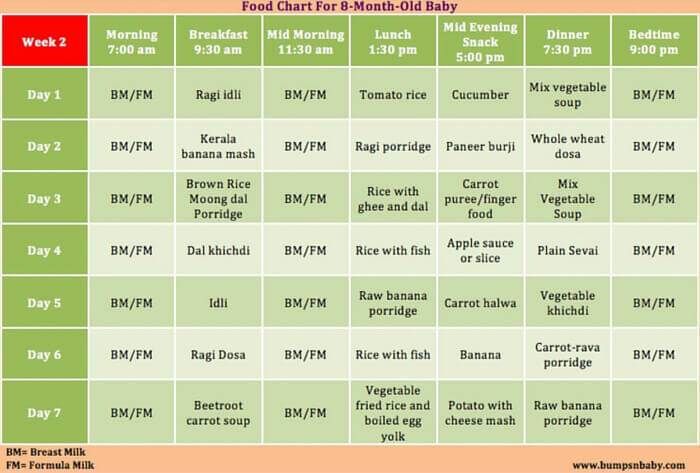
Along with the above high-level food chart, here I have provided a weekly chart for seven months baby food to give an idea on how to introduce foods following three days rule and one new food for a day. Hope it helps new parents to plan a complete chart for a whole month.
Baby menu at seven months
0-6 months
Article
5/5 1 reviews
What should be the menu of a child at 7 months? What foods and in what quantity can be introduced into the diet at this age? When and at what intervals to give the baby to eat? We will help develop an approximate menu for a 7-month-old baby and answer the most exciting questions regarding the nutrition of a baby up to a year old. nine0003
7 min. for reading Feb. 17, 2022
17, 2022
Contents
- Diet: when and how much should a child eat at 7 months
- Baby menu at 7 months: introducing new products
- Consistency of dishes
- Meal schedule and approximate daily menu
- Sample diet for a 7 month old baby allergic to cow's milk proteins: Table
- FAQ
- Breastfeed every 3-4 hours while breastfeeding.
- If you give your baby expressed breast milk, he needs approximately 710 grams per day. With 5-6 meals a day, this is about 120 to 200 grams of milk per meal.
- If the baby is formula-fed (FW), he needs 170 to 230 grams of formula up to 4 times a day, provided that 2 more feedings replace complementary foods. To find out how much mixture you need, be guided by the instructions on the package, the recommendations of the pediatrician. nine0016
- From the age of 6 months, only mother's milk or adapted infant formula is not enough for a baby - he needs a variety of complementary foods.
 Introduce no more than one new product per day into the child’s menu at 7 months and consult a pediatrician first. After getting acquainted with different foods, up to three complementary foods can be given daily: it can be one or two tablespoons or 115-170 grams (8-12 tablespoons), depending on the baby and the specific product.
Introduce no more than one new product per day into the child’s menu at 7 months and consult a pediatrician first. After getting acquainted with different foods, up to three complementary foods can be given daily: it can be one or two tablespoons or 115-170 grams (8-12 tablespoons), depending on the baby and the specific product.
Important
The calculation of portions and the number of feedings depends on the individual characteristics of the development and needs of the child. Therefore, first of all, be guided by the recommendations of your pediatrician and the needs of the baby.
Baby menu at 7 months: introducing new products
The basis of the diet is still breast milk or infant formula. To diversify the menu, children's adapted food will help: fruit and vegetable purees, milk and dairy-free cereals, juices, as well as some products from the "adult table". nine0003
Cereals
At 7 months, dairy-free and milk porridges, along with breast milk, are the basis of a child's nutrition. To start complementary foods, choose gluten-free liquid one-component cereals with a high iron content: rice, buckwheat, oatmeal. A little later - corn and semolina. Start complementary foods with half or a whole teaspoon, gradually increasing the serving to 150 grams.
To start complementary foods, choose gluten-free liquid one-component cereals with a high iron content: rice, buckwheat, oatmeal. A little later - corn and semolina. Start complementary foods with half or a whole teaspoon, gradually increasing the serving to 150 grams.
Important
Dairy-free porridge is diluted with breast milk or milk formula, milk - with purified boiled water. nine0042
Find out more: Gerber® Baby Cereals: product range
Vegetable and fruit purees
Vegetable and fruit purees will diversify the diet and introduce new tastes to the baby. According to WHO recommendations, the best product to start with is a one-component vegetable puree made from zucchini, broccoli, cauliflower or potatoes. These vegetables are less allergenic than other foods. If the child does not have allergies, pumpkin, carrot, pea and tomato puree can be given a little later. nine0003
Find out more: Gerber® Vegetable Purees
After introducing vegetable purees into your diet, it's time for your baby to get to know sweet and healthy fruit purees. Like vegetable, fruit complementary foods are also recommended to start with one-component low-allergenic foods. Apple, pear or banana puree is best for this. Start with half or a whole teaspoon and gradually increase the serving to 100-150 grams.
Like vegetable, fruit complementary foods are also recommended to start with one-component low-allergenic foods. Apple, pear or banana puree is best for this. Start with half or a whole teaspoon and gradually increase the serving to 100-150 grams.
Find out more: Gerber® fruit purees
Meat
Meat is a developmentally necessary product, rich in iron and protein, which is well absorbed in the body. Start with homogenized options. The product must contain only one type of meat (diet turkey, rabbit, chicken, veal) and no additional components. If the crumbs have a tendency to food allergies, choose meat very carefully, it is better to consult a doctor in advance. Pay attention to the composition of baby food and its age-appropriate baby. First, let the baby try half a teaspoon. If no adverse reactions occur, gradually increase the meat rate to 60 grams. nine0003
Find out more: Gerber® Meat Purees
Juices
Fruit juice is great for snacking and menu variety.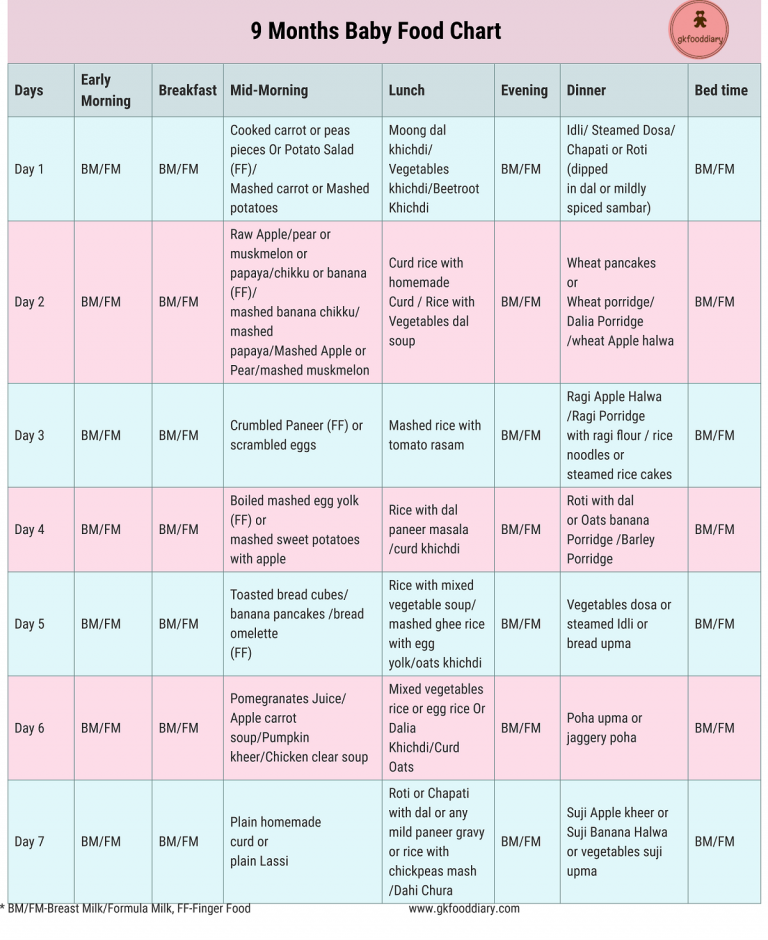 Young children tolerate clarified apple and pear juice better, so they should be introduced first. Give the baby adapted baby juices: they do not contain sugar or other additives undesirable for the child. Ordinary store-bought juices can only be drunk by children over three years old.
Young children tolerate clarified apple and pear juice better, so they should be introduced first. Give the baby adapted baby juices: they do not contain sugar or other additives undesirable for the child. Ordinary store-bought juices can only be drunk by children over three years old.
See also: What kind of juice to start complementary foods for babies
Advice
Introduce your baby to juices after introducing cereals and vegetable purees. Often the child gets used to sweet juices and then does not eat foods with a less bright taste.
Egg yolk
In addition to cereals and mashed potatoes, boiled egg yolk is introduced at the age of 7 months, as it is an excellent source of omega-fats, selenium, phosphorus and vitamins. Please note that you need to give the egg not the whole, but only the yolk. But, like any other product that you give to try for the first time, it should be introduced carefully and little by little to make sure that the baby does not have an allergy. Do not combine with other food! Only when you "test" the yolk, it is allowed to add it to cereals and vegetable purees. nine0003
Do not combine with other food! Only when you "test" the yolk, it is allowed to add it to cereals and vegetable purees. nine0003
Important
It is believed that children with allergies can be fed quail eggs. But it is important to remember that quail eggs can also be allergic, as they also contain egg white - an allergen that is found in chicken eggs. Therefore, do not experiment, but seek the advice of a pediatrician.
See also: Introduction of complementary foods to children with food allergies
Baby biscuits and crackers
Some babies start teething at seven months. Therefore, you can add crackers and children's cookies to food. But do not forget that they should not be too hard so that the child does not get hurt and choke. It is also better to choose special products without added salt, sugar, synthetic leavening agents and preservatives.
Important
The child should eat solid food in a sitting position and strictly under adult supervision. nine0042
nine0042
Consistency of dishes
The main component of the diet remains liquid and homogeneous (without lumps) - breast milk or milk formula, milk and dairy-free cereals. As the baby grows, the baby's food should change from liquid and homogeneous to thicker and puree, mashed. When the body adapts and is able to digest solid food, they begin to carefully introduce small, medium and coarsely ground foods, give children's cookies and crackers. At 7 months, some babies already have teeth, but the child cannot yet chew thoroughly and safely swallow vegetables, fruits and meat. Therefore, solid food should be given only in a grated form. It is important that the puree is not too thick, otherwise the child may accidentally choke. nine0003
Advice
If you are making puree yourself, carefully remove everything that is not rubbed and can get into the crumbs' respiratory tract: bones, fat, veins, skin, films. To make the puree easier to swallow, add some boiled water, unsalted vegetable broth, vegetable puree already familiar to the baby, or breast milk (milk mixture).
By about 7 months of age, the baby has mastered the skill of "palm grip" and can independently hold solid food in the handle. From now on, you can give your child special baby cookies or snacks. At the same time, make sure that the baby eats slowly, in a sitting position and does not choke. nine0003
Important
Baby should be ready to eat more sticky or solid foods. Therefore, before changing the consistency of food for a child, consult a pediatrician.
What can be given to children at 7 months and at what time to feed? Parents can begin to form a classic division of food consumption per day. But at 7 months, the baby needs to be fed not three or four, but five times a day at intervals of four hours. The first and final feeding is mother's milk or formula. Complementary foods are not given at this time in order to prevent overeating. nine0003
*Dairy-free porridge should be diluted with breast milk or infant formula given to the baby. Milk porridge is diluted with water.
Milk porridge is diluted with water.
Tip
Do not salt or sweeten food. It is better to introduce the baby to sugar and salt after a year.
| Feeding time | Products | Serving Size |
|---|---|---|
| I feeding 6 hours | Breast milk or formula for infants with cow's milk protein intolerance | 200 ml |
| II feeding 10 hours | Nestle® Dairy-Free Rice Porridge* | 130 g |
| Vegetable oil (add to food) | about 1 tsp | |
| Gerber® Apple or Williams Pears Fruit Puree | 70 g | |
| III feeding 14 hours | Gerber® Vegetable Puree Broccoli, Cauliflower | 170 g | nine0207
| Vegetable oil (add to food) | about 1 tsp | |
| Gerber® Meat Puree Tender Vegetables with Rabbit | 30 g | |
| IV feeding 18 hours | Vegetable puree or dairy-free porridge** | 170 g |
| Vegetable oil (add to food) | about 1 tsp | |
| Gerber® Tender Turkey Meat Puree | 20 g | |
| V feeding 22 hours | Breast milk or formula for infants with cow's milk protein intolerance | 200 ml |
*Dairy-free porridge should be diluted with breast milk or formula for infants with intolerance to cow's milk proteins. **you can either alternate porridge or vegetables, or offer a mixed dish - porridge with vegetables.
**you can either alternate porridge or vegetables, or offer a mixed dish - porridge with vegetables.
Now you know what products and in what form can be introduced into the child's menu at 7 months. It is preferable if it is certified baby food that meets all age requirements and high safety standards. nine0003
See also: Do we cook ourselves or use baby food?
1. At what age should complementary foods start?
The World Health Organization (WHO) recommends introducing complementary foods to your baby's menu at 6 months of age.
2. Where to start complementary foods?
Experts advise starting complementary foods with one-component homogenized vegetable purees.
3. How much should a 7-month-old baby eat?
At 7 months, a baby needs a portion of food per day, which is equal to about ⅛ of body weight. This is 1000-1200 ml of food, excluding water, juices, children's tea. Divide this amount by 5 feedings and you will get an estimated amount of food per meal - 200-210 ml.
Divide this amount by 5 feedings and you will get an estimated amount of food per meal - 200-210 ml.
Articles on the topic:
Baby refuses new foods
Eating right and without mistakes
Introduction of complementary foods to an infant
Latest reviews
Average customer rating
1 customer ratings
Snapshot of community ratings
- five one
- 4 0
- 3 0
- 2 0
- one 0
Diet for a child aged 7 months
When compiling a diet for a seven-month-old baby, distribute the products so that you get a certain prototype of the menu of an already grown-up child with breakfast and lunch. nine0003
At this age, the yolk of a boiled egg, a valuable source of fat, vitamin B12, A, phosphorus and selenium, is introduced into the child's diet. Chopped yolk can be added to porridge or vegetable puree.
Chopped yolk can be added to porridge or vegetable puree.
At the age of 7 months, you can already give your baby a cracker (in the form of dried bread) and baby biscuits.
The volume of fruit puree and juice is increased to 70 g.
It is still better to give preference to commercially produced complementary foods, given their high degree of safety and variety. If the baby does not perceive a new product the first time, it can be mixed with an already familiar product. nine0003
Approximate diet for a 7-month-old child.
| I feeding 6 hours | Breast milk or VHI* | 200 ml |
| II feeding 10 hours | Dairy-free or milk porridge ** Butter Boiled egg yolk Supplementation with breast milk or VHI | 150 g |
| III feeding 14 hours | Vegetable puree Vegetable oil Meat puree Fruit juice | 170 g about 1 tsp. 30 g 70 ml |
| IV feeding 18 hours | Fruit puree Baby biscuits Supplementing with breast milk or VHI | 70 g |
| V feeding 22 hours | Breast milk or VHI | 200 ml |
* - infant formula
** - dairy-free porridge should be diluted with breast milk or infant formula given to the child. Milk porridge is diluted with water.
Approximate diet of a 7-month-old child allergic to cow's milk proteins:
| I feeding 6 hours | Breast milk or formula for infants with intolerance to cow's milk proteins | 200 ml |
| II feeding 10 hours | Dairy-free porridge* Vegetable oil Fruit puree (apple, pear) | 130 g about 1 tsp.  |



